SRI SARASWATI
Saraswati, the goddess of knowledge and arts, represents the free flow of wisdom and consciousness. She is the mother of the Vedas, and chants to her, called the 'Saraswati Vandana' often begin and end Vedic lessons.
Saraswati is the daughter of Lord Shiva and Goddess Durga. It is believed that goddess Saraswati endows human beings with the powers of speech, wisdom and learning. She has four hands representing four aspects of human personality in learning: mind, intellect, alertness and ego. She has sacred scriptures in one hand and a lotus – the symbol of true knowledge – in the second.
With her other two hands she plays the music of love and life on a string instrument called the veena. She is dressed in white – the symbol of purity – and rides on a white swan – symbolizing Sattwa Guna or purity and discrimination. Saraswati is also a prominent figure in Buddhist iconography - the consort of Manjushri.
The learned and the erudite attach greater importance to the worship of goddess Saraswati. As a practice, only educated people worship her for knowledge and wisdom. They believe that only Saraswati can grant them 'moksha' - the final liberation of the soul.
Saraswati's birthday - Vasant Panchami - is a Hindu festival celebrated every year on the 5th day of the bright fortnight of the lunar month of Magha. Hindus celebrate this festival with great fervor in temples, homes and educational institutes alike.
The following popular 'pranam mantra' or Sanskrit prayer, Saraswati devotees utter with utmost devotion eulogizes the goddess of knowledge and arts:
Om Saraswati Mahabhagey, Vidye Kamala Lochaney |
Viswarupey Vishalakshmi, Vidyam Dehi Namohastutey ||
Jaya Jaya Devi, Charachara Sharey, Kuchayuga Shobhita, Mukta Haarey |
Vina Ranjita, Pustaka Hastey, Bhagavati Bharati Devi Namohastutey ||
The beautiful human form of Saraswati comes to the fore in this English translation of the Saraswati hymn:
"May Goddess Saraswati,
who is fair like the jasmine-colored moon,
and whose pure white garland is like frosty dew drops;
who is adorned in radiant white attire,
on whose beautiful arm rests the veena,
and whose throne is a white lotus;
who is surrounded and respected by the Gods, protect me.
May you fully remove my lethargy, sluggishness, and ignorance."
Saraswati Mantras
ॐ श्री सरस्वत्यै नमः
Om Shri Saraswati-ya Namaha ll
ॐ ऐं ह्रीं क्लीं महासरस्वती देव्यै नमः ll
Om Aim Hrim Kleem Maha Saraswati Devaya Namaha ll
ॐ ऎं सरस्वत्यै ऎं नमः ll
Om Aim Saraswati-ya Aim Namaha ll
ॐ ह्रीं ऐं ह्रीं सरस्वत्यै नमः ll
Om Hrim Aim Hrim Saraswati-ya Namah ll
ॐ श्रीं ह्रीं सरस्वत्यै नमः ll
Om Shreem Hreem Saraswati-ya Namaha ll
Hindu Mantras to increase Intelligence
Here are some unique, easy to recite yet very powerful ancient Hindu Mantras which sharpen and increase your intelligence, knowledge, writing, poetic and Oratory skills. These mantras are for the benefit of all, to increase their knowledge, as increase in knowledge is the gateway to happiness.
Om kreem kreem kreem swaha ll
ॐ क्रीं क्रीं क्रीं स्वाहा ll
This mantra has to be recited one hundred thousand times to attain siddhi.By reciting this mantra the mind becomes sharp and one gains in knowledge and intelligence. This mantra is useful for those seeking any type of knowledge. This is a mantra for increasing all round knowledge.
Om hreem kamini swaha ll
ॐ ह्रीं कामिनी स्वाहा ll
This is a unique mantra to increase your Oratory skills. The benefits of this mantra are noticeable in three months by reciting this mantra 13,000 times .One should continue reciting this mantra to make the effects long lasting even after the completion of three months.
Om aim hreem aim hreem dosh swaha ll
ॐ ऐं ह्रीं ऐं ह्रीं दोष स्वाहा ll
This is a unique mantra which increases your writing and poetic skills. This mantra should be recited one hundred thousand times to attain siddhi.This should be done in 10 days by reciting this mantra 10,000 times daily. The recitation should commence on any Tuesday as this makes it more effective.
Om schchida eko Brahma hreem schchide kreem brahm ll
ॐ सच्चिदा एको ब्रह्मा ह्रीं सच्चिदी क्रीं ब्रह् ll
By reciting this mantra one hundred thousand times the intelligence is sharpened and one gains in knowledge and intelligence. This is also a mantra for increase in all round knowledge and intelligence.
Saraswati Ashtakshara Mantra
The Saraswati Ashtakshara Mantra is a prayer dedicated to the Hindu Goddess of Knowledge and learning Saraswati.This mantra comprises of the 12 names of Saraswati.
Those seeking higher knowledge recite these 12 names in order to gain the blessings of Saraswati.
Normally this mantra or prayer is recited early in the morning, after having a bath. It is considered as an auspicious start to begin ones day with. Each day is a fresh and new day, and what one requires is the right knowledge, to lead one on the right path. While seeking knowledge one has to open up ones mind and let it expand, as this is the only way one will attain the higher and pure knowledge.
Saraswati Devi
Saraswati Ashtakshara Mantra
Pratham Bharti naam l Dwitaya tu Saraswati l Trutiya Sharda Devi l Chaturth Hansavahini l Pancham Jagatikhayata l Shasth Maheshwari tatha l Saptham tu Kaumari l Astham Bhramacharini l Navam Vidhyadhatrini l Dasham Vardayini l Ekadasham Rudraghanta l Dwadasham Bhuneshwari l Atani Dwadsho naamami l Y Patcchrnuyaadpi l Nach vidhna bhav taysa mantra siddhiker tatha l
सरस्वती अष्टाअक्षरी मंत्र
प्रथमं भारती नाम l द्वितीयं तु सरस्वती l तृतीयं शारदा देवी l चतुर्थ हंसवाहिनी l पंचम जगतीख्याता l षष्ठं माहेशवरी तथा l सप्तमं तु कौमारी l अष्टमं ब्रह्माचारिणी l नवमं विद्याधात्रीनि l दशमं वरदायिनी l एकादशं रूद्रघंटा l द्वादशं भुनेश्वरी l एतानि द्वादशो नामामि l य: पठच्छ्रणुयादपि l नच विध्न भवं तस्य मंत्र सिद्धिकर तथा l
Mantra for Mental Growth
This is a very powerful Mantra to increase all round mental growth and intelligence. This is also the Gayatri Mantra with the word ‘Shreem’ ‘श्रीं ‘added at the end of it 3 times.
‘श्रीं’ or Shreem is the Beej mantra of Mahalaxmi. - श् + र + ई.This Beej mantra is very powerful as it contains cosmic frequencies of all round growth mental and spiritual.
The recitation of this mantra will aid in complete mental growth. With mental growth material objects like wealth are just additions which will come naturally,without striving much to procure.
मंत्र
ॐ भूर्भुव: स्व:
तत्सवितुर्वरेण्यं l
भर्गो देवस्य धीमहि
धियो यो नः प्रचोदयात् श्रीं श्रीं श्रीं ॥
Mantra
Om Bhur Bhuvah Swaha
Tat savitur varenyam l
Bhargo devasya dheemahi
Dhiyo yo nah prachodayat Shreem Shreem Shreem ll
Hindu Guru Mantra
The Guru or teacher has great importance in Hindu culture; this is so since ancient times. The Guru has occupied a position second to none, and even the Gods and parents came after the Guru in ancient India.
The Guru was the one who took charge of the pupil from his parents and the pupil stayed with Guru in his residence which was known as the Gurukul.
The Guru was the one who imparted pure knowledge to his pupil, hence the Guru is described as being the one who is Brahms, Vishnu and Mahesh. These three are the Hindu trinity of the Creator, protector and the Destroyer.
The Guru is also described as the Parabrahma or the Universal energy or the Ever Existent.
However the modern times are the very opposite of those ancient times and the very definition of student and teacher has undergone a radical change. I hope we learn from the wisdom of the ancients.
Guru Mantra
Gurur Brahmaa Gurur Vishnu
Gurur Devo Maheshwarah l
Guru Saakshaata Parabrahma
Tasmai Shri Guruve Namah ll
गुरु मंत्र
गुरुर ब्रह्मा, गुरुर विष्णु
गुरुर देवो महेश्वरः l
गुरु शाक्षात परम ब्रह्मा,
तस्मै श्री गुरुवे नमः ll
Mantra for Knowledge
This is a Hindu Mantra to increase and gain knowledge. This mantra is recited in praise of the Hindu Goddess of learning Saraswati .Siddhi [ mastery] has to be attained over this mantra by reciting it for 1008 times daily for a total period of 21 days. This practice has to be commenced from any Sunday.
During the period of 21 while attaining Siddhi, the practitioner should abstain from all types of Sexual activities. He should have meals only one time daily. The mantra should be recited with full dedication and faith.
After attaining Siddhi there will be an increase in the overall mental capacity and he will gain in knowledge.
Mantra
Om namo bhagwati saraswati parmeshwari vaagvaadini mam vidhya dehi bhagwati bhans vaahini hans samarudha buddhi dehi dehi pragya dehi dehi vidhya parmeshwari saraswati swaha ll
मंत्र
ॐ नमो भगवती सरस्वती परमेश्वरी वाग्वादिनी मम विद्या देहि भगवती भंस वाहिनी हंस समारूढा बुद्धि देहि देहि प्राज्ञा देहि देहि विद्या परमेश्वरी सरस्वती स्वाहा ll
Saraswati mantra for illumination of the mind
This is a mantra to meditate on the Goddess of learning Saraswati, the origin of higher knowledge and arts. This is the Saraswati mantra for illumination of the mind.
This mantra is suitable for students and those learning some fine art which requires inspiration. I would advise the recitation of this mantra once before commencing any type of activity related to knowledge, fine arts and Learning.
The wordings of the mantra are beautiful and philosophical. Saraswati is the fountainhead of the unfathomable ocean of knowledge. One should keep this in mind that while meditating on Saraswati one is also meditating on that unfathomable ocean of knowledge.
Mantra for illumination
Meaning
The divine vibrations of higher knowledge from the unfathomable ocean of words, which give knowledge. These vibrations illuminate all types of intelligences.
Saraswati Dhyan Mantra.
ॐ सरस्वती मया दृष्ट्वा, वीणा पुस्तक धारणीम् । हंस वाहिनी समायुक्ता मां विद्या दान करोतु में ॐ ।।
Om Saraswati Mayaa Drishtwa, Veena Pustak Dharnim | Hans Vahini Samayuktaa Maa Vidya Daan Karotu Me Om ||
Saraswati Beej Mantra
.ऐं । Aing |
Saraswati Mantra - 1
ॐ ऐं नमः |Om Aing Namah ।
Saraswati Mantra - 2
ॐ ऐं क्लीं सौः |Om Aing Kleeng Sauh |
Mahasaraswati Mantra
ॐ ऐं महासरस्वत्यै नमः |
Om Aing Mahasaraswatyai Namah |
Saraswati Mantra For Aquiring Knowledge
Recite this Saraswati Mantra one lakh times. By reciting this Saraswati Mantra one becomes famous by acquiring lot of knowledge.
वद वद वाग्वादिनी स्वाहा ।
Vad Vad Vaagwaadinee Swaha |
Saraswati Mantra For Enhancing Intelligence
Recite this Saraswati Mantra one lakh times. By reciting this Saraswati Mantra enhance intelligence, creativity and knowledge.
ॐ ऐं ह्रीं श्रीं वाग्देव्यै सरस्वत्यै नमः ।
Om Aing Hreeng Shreeng Vaagdevyai Saraswatyai Namah |
Saraswati Mantra For Wealth and Knowledge
Recite this Saraswati Mantra one lakh times. Recite this Saraswati Mantra for wealth and knowledge.
ॐ अर्हं मुख कमल वासिनी पापात्म क्षयम् कारी वद वद वाग्वादिनी सरस्वती ऐं ह्रीं नमः स्वाहा ।
Om Arham Mukha Kamal Vaasinee Paapaatma Kshayam Kaari Vad Vad Vaagwaadinee Saraswati Aing Hreeng Namah Swaaha |
Source:
http://www.esotericonline.net/group/mantras/forum/topics/goddess-saraswati-and-her-mantras
Others Useful Link of Sri Saraswathi.











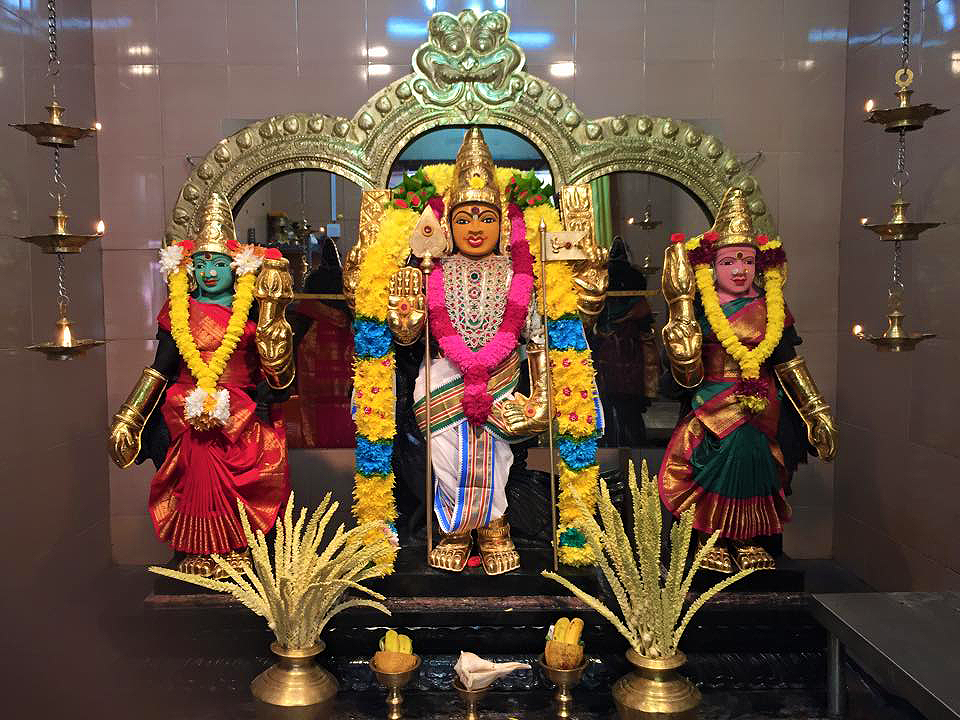
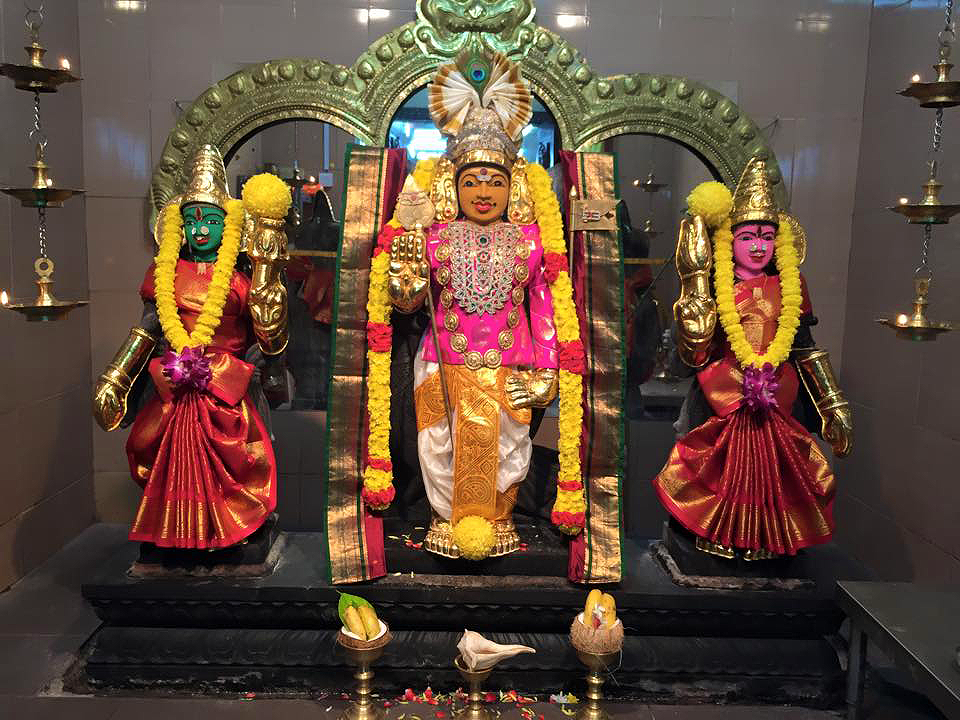
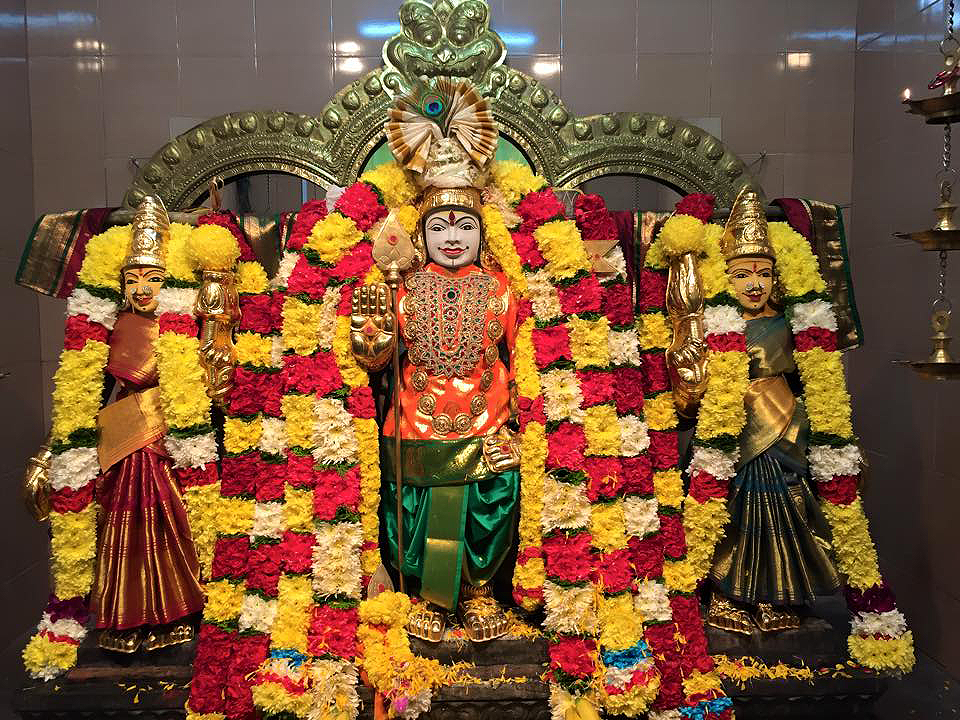
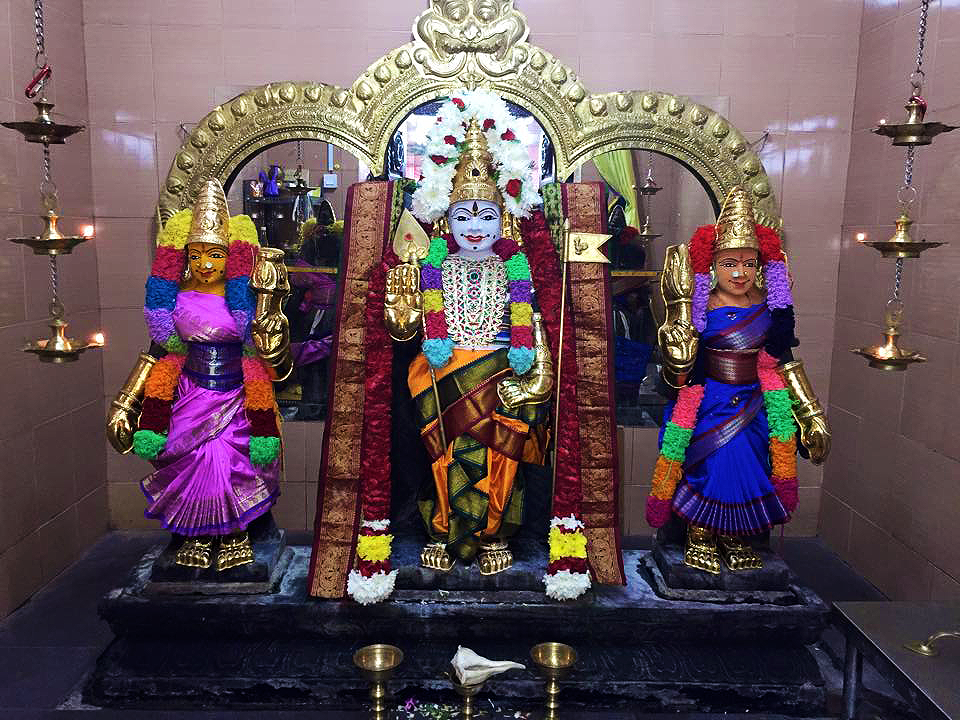

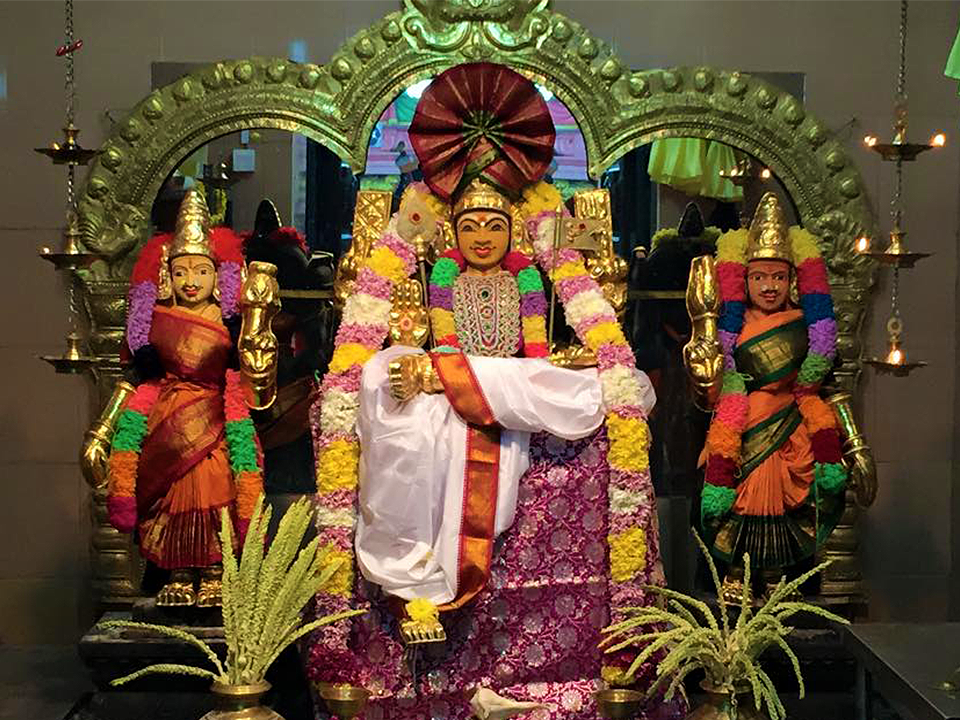
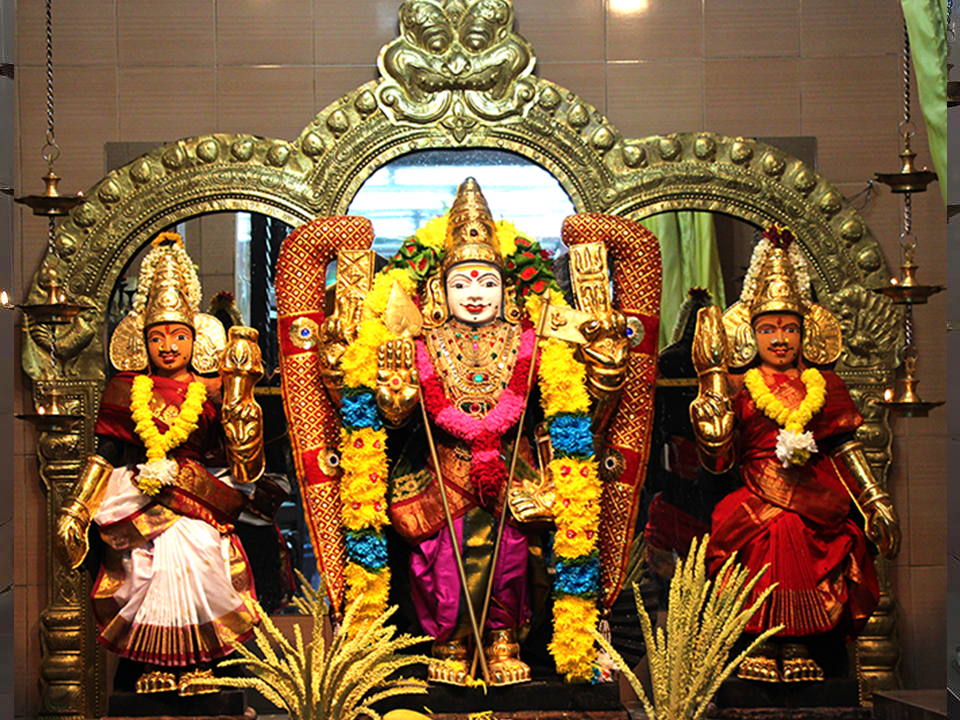





















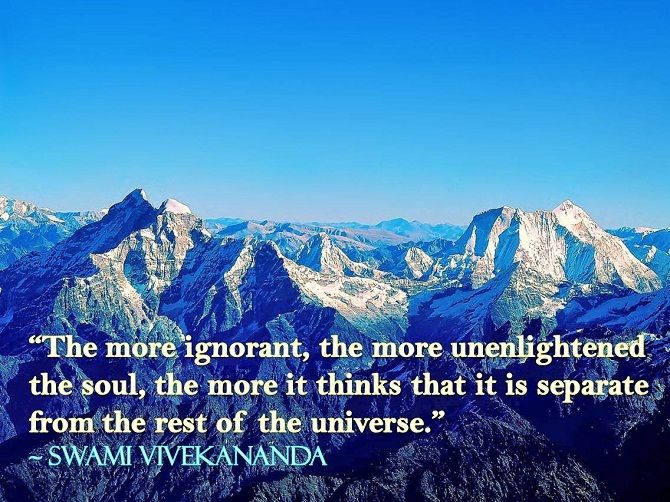
.gif)


